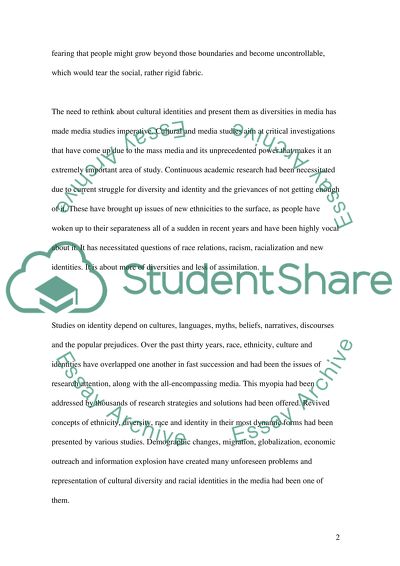Cite this document
(“Rethinking Identity in the Age of Mass Communication Essay”, n.d.)
Retrieved from https://studentshare.org/sociology/1500613-rethinking-identity-in-the-age-of-mass-communication
Retrieved from https://studentshare.org/sociology/1500613-rethinking-identity-in-the-age-of-mass-communication
(Rethinking Identity in the Age of Mass Communication Essay)
https://studentshare.org/sociology/1500613-rethinking-identity-in-the-age-of-mass-communication.
https://studentshare.org/sociology/1500613-rethinking-identity-in-the-age-of-mass-communication.
“Rethinking Identity in the Age of Mass Communication Essay”, n.d. https://studentshare.org/sociology/1500613-rethinking-identity-in-the-age-of-mass-communication.


